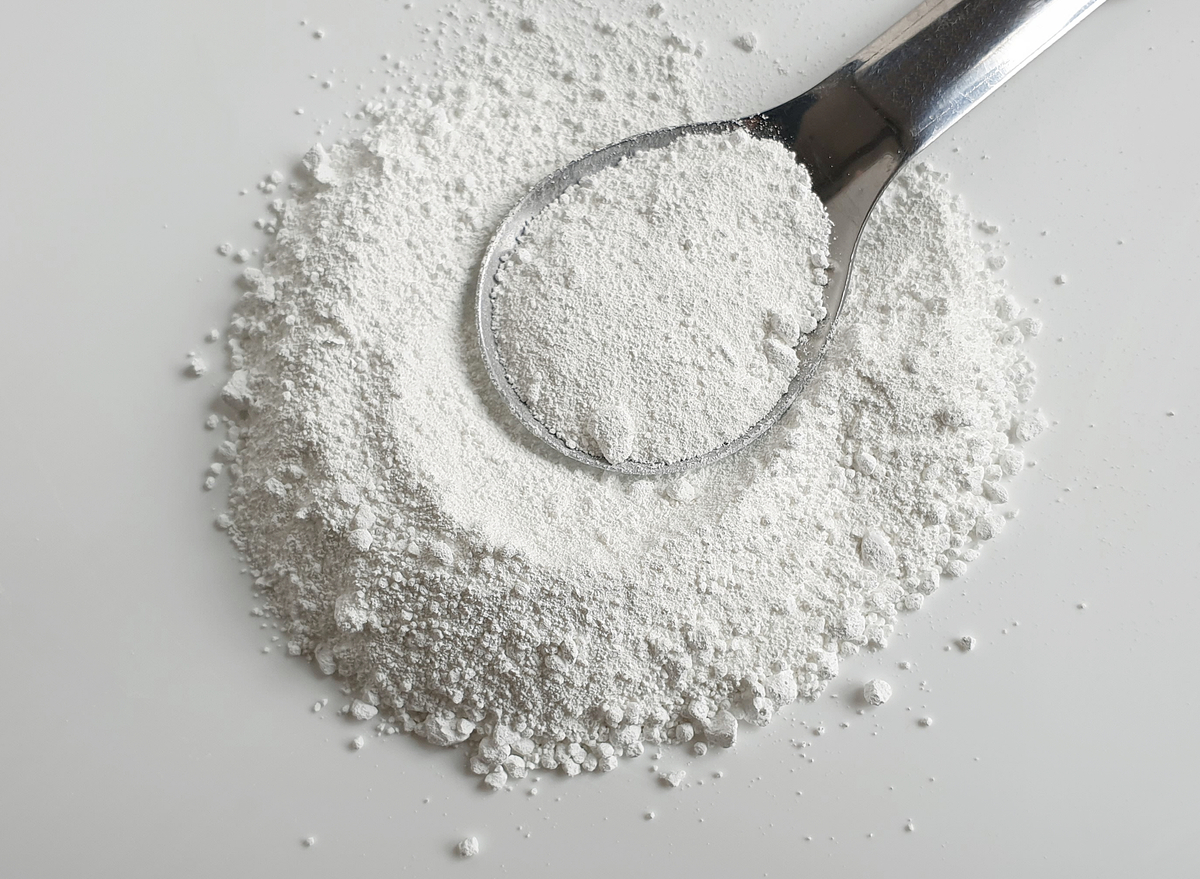In the vast expanse of industries of titanium dioxide, which is also referred to as TiO2, titanium white, also known as Pigment White 6 (PW6) appears as a shining star, especially when it comes to plastics, paints, paper and rubber. This versatile compound, with its brilliant white pigment plays a crucial role in the transformation of the raw material into stunning, vibrant products. We will look into the enigmas and uses of titanium oxide, as well as its production process, to see how it impacts different industries.
The Canvas of Titanium Dioxide – A Palette of Possibilities
Titanium dioxide is an essential ingredient in a variety of products. It helps to improve the appearance and performance of items we use everyday. Pigment White 6 plays a important role in the making of paints. This stunning transparent white color adds the vibrancy and covers of both artistic and industrial applications.

In the plastic sector, titanium dioxide gives not just color, but also functions as a UV stabilizer, providing protection from the damaging effects of UV radiation. This dual function makes it a vital component of many plastic products including packaging materials and robust outdoor objects.
The Manufacturing Alchemy of Titanium Dioxide Production Processes
The manufacturing of titanium dioxide is a complex process that require a lot of expertise, with two methods leading the way: the sulfuric acid method as well as the chlorination process. Each method comes with its own uses and complexities that contribute to the wide range of applications that titanium dioxide can be utilized across different industries.
Sulfuric Acid Method. This involves the reaction of ore that has titanium with sulfuric acids resulting in a titanium sulfate. The solution is then hydrolyzed in order to create hydrated titanium dioxide. Following calcination, the product is a fine white powder that can be utilized in a variety of industries, including paper and paint.
The Chlorination Technique The Chlorination Technique by using chlorine gas this technique reacts with titanium-bearing minerals to create titanium Tetrachloride. The titanium tetrachloride undergoes a series of chemical transformations before becoming pure titanium dioxide. This method is used for the production of titanium dioxide in the rubber and plastics industries.
The Art and Science of Titanium Dioxide Applications
Titanium dioxide is the most popular ingredient in the production of paints across all industries. The capability of titanium dioxide to produce a brilliant, white color, with good coverage which makes it a perfect choice for both residential and industrial applications. Its brilliance isn’t only visual, but functional too. It increases the longevity of paint-coated surfaces.
Shaping Plastics with Radiance: In plastics, titanium dioxide serves a dual purpose. It is not only an pigment, but also a UV stabilizer, which protects you from the harmful impacts of sunlight. It is used in outdoor plastics to ensure their durability and appearance.
Opacity and whiteness of paper: In the paper industry, titanium dioxide contributes to the whiteness and opacity of paper products. The addition of titanium dioxide increases the quality of the paper and makes printed content more vibrant and clear. The use of titanium dioxide in the production of paper extends beyond aesthetics, and plays an essential role in improving the quality of printed papers.
The rubber’s resilience and UV resistance The rubber industry benefits from the UV-resistant properties of titanium dioxide. Titanium dioxide is used in the manufacture of rubber products exposed to sunlight and ensures the strength and durability of items made of rubber.
Beyond Pigment The Invisible Impact of Titanium Dioxide
Titanium dioxide is a very visible pigment. However, its impact extends beyond color. Its capability to enhance the resilience, durability, and long-term performance of a variety of materials in different industries makes the compound an invisible, but essential contributor to the quality and functionality of final products.
As a result, titanium dioxide transforms into a substance with immense importance that seamlessly integrates itself into multiple industries. As Pigment White 6, it creates a stunning effect on canvases that are both industrial and artistic. The dual processes of chlorination and sulfuric acid expose the alchemy that drives the process, providing that it can be used in a variety of ways. It can be used to enhance the aesthetic appeal of paints, enhancing the protection of plastics from UV rays making paper more bright, or protecting the rubber industry, titanium dioxide serves as a testimony to the harmonious combination of science and art in the industry of manufacturing. Its dazzling light shines through our daily lives and forms a wide range of products that have enduring radiance.





